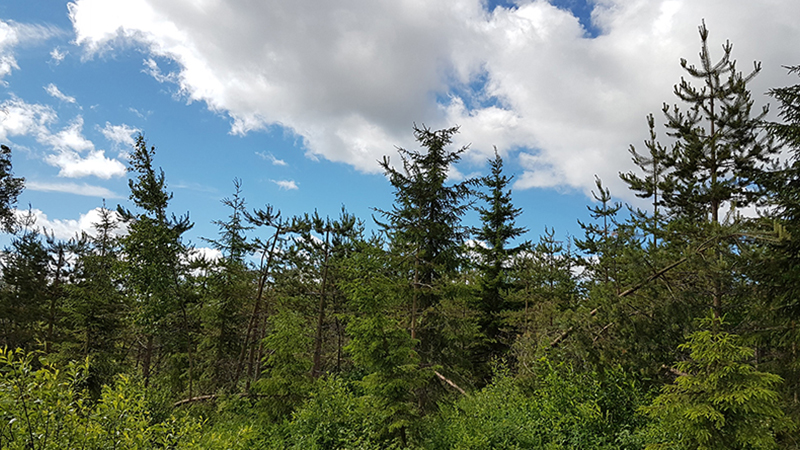Forest Damages
The changing climate is expected to cause extreme weather phenomena and climate events such as droughts, storms or heavy snowfalls and also reduce ground frost in winter. We may also expect outbreaks of invasive insect species and new pathogens. Metsähallitus Forestry Ltd. mostly contributes to climate change adaptation activities through silvicultural means.

In Finland, forest damage is most often caused by storms, excessive snow loads, freezing, and other climatic and weather-related phenomena. As a consequence of these primary factors, insect damage caused especially by bark beetles is expected to increase in near future.
Climate change is predicted to increase both primary and secondary forest damages because of prolonged droughts in summer as well as shorter periods of sub-zero temperatures in winter, which will leave especially spruce-dominated forests vulnerable to various types of damage. In certain areas, a dense elk population may damage young pine or birch seedling stands.
Forest damages are addressed in forest management by promoting deciduous forest and generally mixed tree stands as well as diverse silvicultural practices whenever possible. Careful monitoring and updated forest resource information are also useful tools for tackling the growing problem of forest damage.